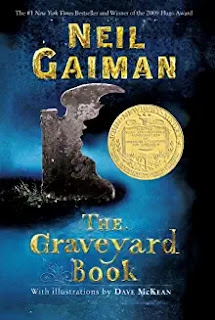Author: Kevin Noble Maillard
Illustrator: Juana Martinez-Neal
ISBN: 978-1626727465
Reading Level: 4 – 9 years
Publisher: Roaring Brook Press, 2019
Genre/Theme/Style: Children’s Non-fiction. Indigenous people. Simple verse and beautiful art work.
Topic: Native American Culture
5 Roars! 🦁🦁🦁🦁🦁
Critical Analysis:
The book emphasises the deep connection between culture and food.
Accuracy:
The author is a member of the Seminole Nation.
“Fry Bread celebrates the thing itself and much, much more . . . Maillard and Martinez-Neal bring depth, detail, and whimsy to this Native American food story, with text and illustrations depicting the diversity of indigenous peoples, the role of continuity between generations, and the adaptation over time of people, place, and tradition.” ~~Booklist
Organization:
The Author's Note found in the back of the book is a nice addition. The back also includes a Reference section and Notes.
“This warm and charming book shows and affirms Native lives. The informational text and expressive drawings give it broad appeal.” ~~ School Library Journal
Design: The design is simple but allows for easy access to information. The only real regret is that the book does not include a recipe for Fry Bread. That would have been a nice touch for readers to try at home.
Why 5 Roars? It is a lovely book that gives the reader a feeling of family and shared culture.
Awards: Winner of ALA's Sibert Award for Nonfiction 2020
Connections:
This recipe and photo for a traditional Native-American fry bread is provided by Chef Freddie Bitsoie from PBS Food's Lidia Celebrates America. https://www.pbs.org/food/recipes/fry-bread
Native-American
Fry Bread
Recipe provided by Navajo Chef, Freddie Bitsoie
Ingredients:
4 cups
all-purpose flour
2
tablespoons baking powder
2 teaspoons
salt
2-4 cups
warm to very warm water
4 cups canola oil
Directions:
Combine all
dry ingredients in medium mixing bowl and mix well.
Add about 3
cups of water and knead very well using hands or stand mixer. (The amount of
water depends on local humidity, so if the dough needs more water, add
accordingly.)
Make sure
the dough is smooth and soft. Cover, set aside, and allow the dough to rest.
Heat the oil
to about 375° F in wide heavy-bottom pan.
Roll the
dough out into four balls, and pat out flat (can use a rolling pin).
Carefully place one piece of dough into the hot oil. Once the edges of the dough are golden, turn the bread over and let it finish cooking.
Remove the
bread to drain on paper towels.
Repeat with the remaining dough.
*Tips/Techniques - All “fry bread” recipes vary in Native America, and no single recipe is the right one. Enjoy this very simple recipe!












